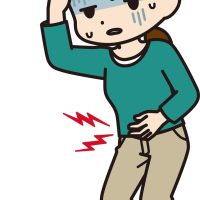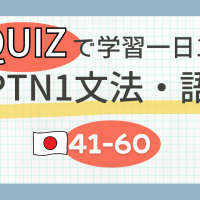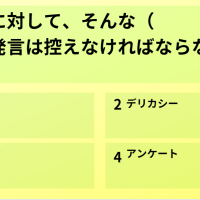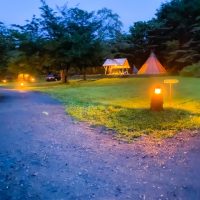1: There is/are “animals, birds, humans” in the park.
In Japanese, we use ”います” for living things, like animals or people. In the sentence above, “there is/ there are” is translated to ”います”. ”います” uses the Japanese particle “が”。
Japanese sentence order is
place + に “animals, humans” が います。
e.g.
There is a dog in the park. こうえん に いぬ(犬)が います。 (kouen に inu が imasu)
There is a bird in the sky. そら に とり が います。There are fish in the pond. いけに さかなが います。
2: There is/are “non-living or inanimate objects” in a park. → あります(arimasu)
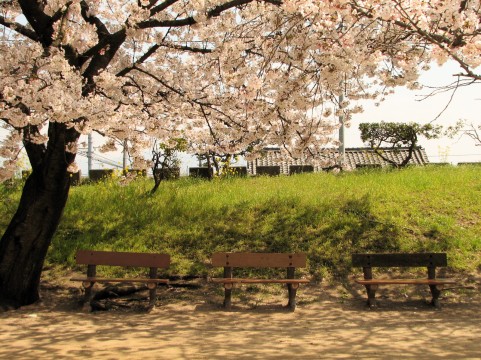
e.g. There is a bench in the park. こうえん に ベンチ が あります。
There are cherry blossom trees in the park. こうえんに さくらのき が あります。
3: There is the place. → あります(arimasu)
e.g. There is the Tokyo station. とうきょうえき(東京駅)が あります。(Tokyo eki ga arimasu)
There is a post office. ゆうびんきょく(郵便局)が あります。 (yuubinkyoku ga arimasu)
particle should be “が”.
Recommend
Direction words
in=なか(nakani;中) on =うえ(ueni;上)under=した(shitani;下) next =となり(tonarini;隣)right=みぎ(migini;右) left=ひだり(hidarini;左) near=ちかく(近く;chikakuni) between=あいだ(間;aidani) north=きた(kita;北) south =みなみ(minami;南)east =ひがし(higashi;東)west=にし(nishi;西)
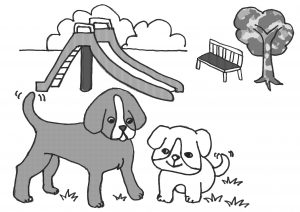
There are two cats in the park.
↓
Japanese sentence order
Place の(particle) direction word に(particle) cats が(object marker) います。
↓
こうえん の なか に ねこ が います。
two cats=ねこが にひき ひき is the counter for animals.(There are some exceptions).
↓
こうえんの なかに ねこが にひき います。
Yukiko’s Private Japanese lesson is available. Check Yukiko’s lesson schedule, see my profile.




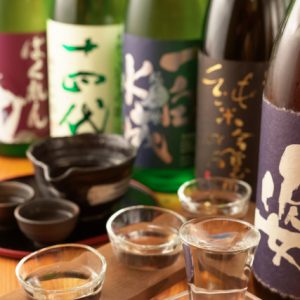
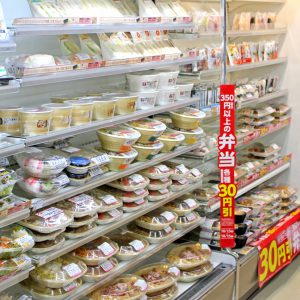



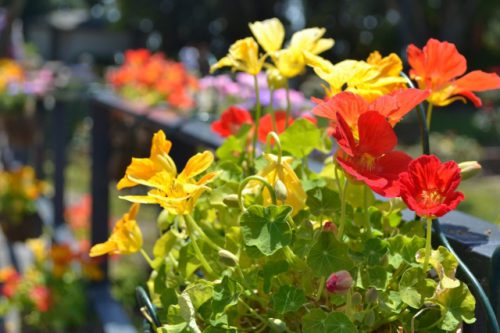

 Yukiko
Yukiko





